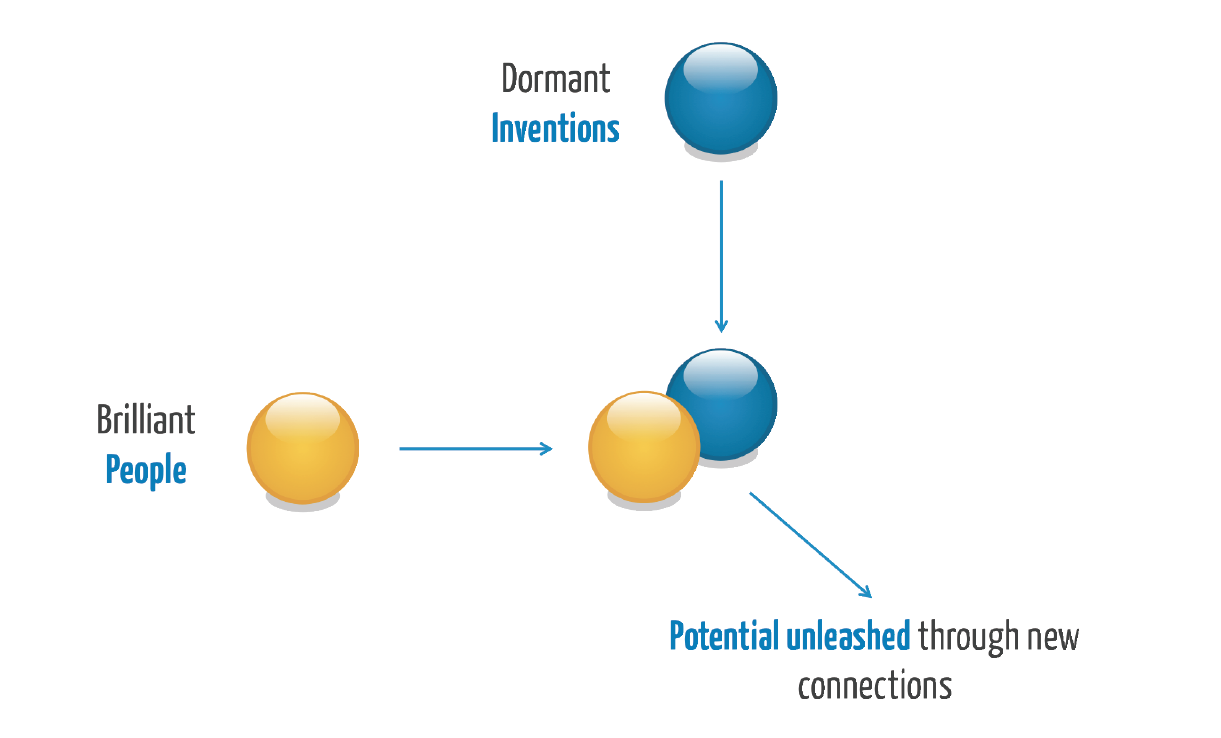
A group of Ph.D students in Great Britain and a Canadian construction company both launched separate global crowd-sourcing tools in late October. Both sponsors define crowd sourcing as the harnessing of knowledge that people from different backgrounds and professions can share on social media to leverage problem-solving solutions.
"We can advance the industry a lot further and faster and have a lot more volume of innovation if we embrace the crowd," says Chris Zakrajsek, web application manager, EllisDon, Mississauga, Ontario, whose construction company funds Uprising, a website and new mobile application that presents challenges to the construction industry and offers cash for usable solutions.
"We're funding the site because we have questions that need solutions, and we think this is the best way to find them," Zakrajsek says.
The construction services company is taking the concept of crowd-sourcing far by putting money behind the effort. It's offering $5000 to anyone that comes up with an idea that will solve any one of its several challenges. For example, one is the Material Salvage Challenge: �How to salvage materials to positively affect waste diversion rate without negatively affecting the bottom line or schedule?"
Zakrajsek says EllisDon is looking to crowd sourcing for answers to these problems because it saw success using it for internal competitions last year. The company wanted to innovate from within and posed the question: What is EllisDon�s next great innovation?
"Seventeen percent of our workforce responded, which was more than we hoped," says Zakrajsek. The challenges led to two internal projects that are being used today.
In the other crowd-sourcing project, Gabriel Mecklenburg, co-founder and chief efficiency officer with Marblar.com, another crowd-sourcing site, says he is seeing an overwhelming response to his new site. "From high school students to retired professors, they�re all coming together, and that's one thing that we really love with this open format,� he says.
Like Uprising, Marblar's crowd sourcing works backwards, starting with inventions that don�t have problems to solve.
Marblar takes an invention and asks as many people as possible from different backgrounds, �How can this be used? What problem can it solve?"
"We crowd source new market applications for emerging and dormant technology," says Mecklenburg. The site already claims success. �In the construction context, we have a piece of foam that was developed for filtration in the oil industry," says Mecklenburg. �We asked the crowd what to do, and one idea is to implement it for the cooling of buildings. It's active insulation fill foam with wax, and you can use the wax part of the foam to keep the temperature level.�
To prove his point that inventions do not necessarily target their best applications in advance, Mecklenburg cites an example of a technology that failed in its intended application yet was perfect for another: Post-it Notes.
"A scientist at 3M was working on developing a super-strong glue, and ended up making a super-weak glue," says Mecklenburg, and although the original project failed, years later, when the scientist�s friend was trying to temporarily secure some paper, he thought of a use for the glue and Post-it Notes emerged, says Mecklenburg.
"On Marblar we hope that we would have someone come up with this idea in a few days, not a few years." Mecklenburg says. Corporate and University R&D departments stand to benefit from the service, he adds. "You can get a lot more value for your R&D dollar this way,� says Mecklenburg. Marblar offers cash prizes and points for winners.
Both of the crowd-sourcing sites maintain that idea-generators' will retain the rights to their intellectual property. "If someone submits a solution to one of our challenges that will work, we will move forward from there," says Zakrajsek. But both sites depend upon the minds of many professionals from various industries to succeed.
"We're hoping other people will join along and that ideas will be spun out to the rest of the industry," says Zakrajsek. But she adds that the company�s online strategies have met with skepticism in the past. "When we got into social media five years ago, we had to fight uphill for adoption. Now everyone is using it,� says Zakrajsek. �This time, we�re getting a better response."


Post a comment to this article
Report Abusive Comment